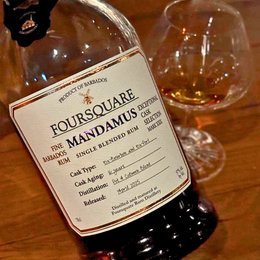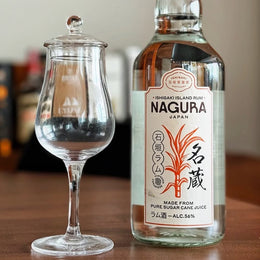
The Caribbean string of islands are quite possibly responsible for being the primary microcosm that supports the rum universe – the majority of rums come from the archipelago, in large part because of their history with the Europeans as well as their big role in the sugar trade. What’s even more interesting is how each island has its own terroir, production methods and styles of rums produced; in many cases you could even localise it to specific regions on the individual island itself. If you take a pause, it’s just astounding how much diversity there is from what is in fact a very small geographical region relative to the rest of the world.
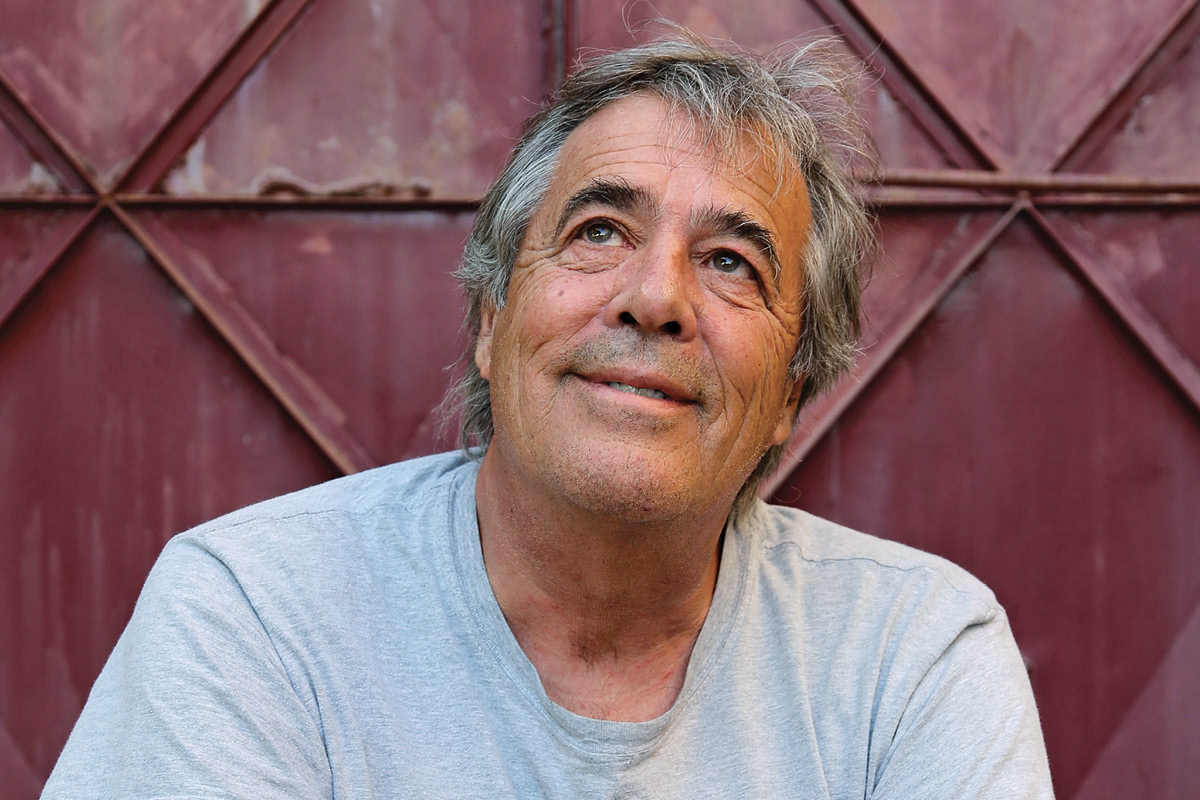 Luca Gargano, who has led Velier to shake up the rum-verse. (Image Source: CEO Magazine)
Luca Gargano, who has led Velier to shake up the rum-verse. (Image Source: CEO Magazine)

As we’ve gone over a couple of times, when we talk about rums, the other unmissable topic is of course Luca Gargano’s work with Velier – his work has had a big hand in helping to elevate rums to the popularity it now enjoys; a feat that was decades in the making, maybe even as early as the 1970s when the man had first gotten his start as an ambassador for St James rum, culminating in his involvement with Velier. Recall one of his earliest breakthrough works was the 1980 Rhum Damoiseau (reviewed here) where he introduced a first full proof rum, which I would argue was a pivotal moment in the rum-verse.
Key to this is to spot that much of Luca’s formative years was around the Martinique-Guadeloupe cluster of islands and as such, spent a lot of time with rhum agricoles – rum made primarily from a base of sugarcane juice which is then distilled, as opposed to fermented sugarcane juice or molasses.
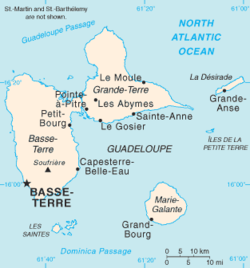
The islands of Guadeloupe hold a special place. (Image Source: Wikipedia)
As such, one might imagine the man’s affinity with the islands (Guadeloupe is made of six primary islands). But alas not all islands are made (volcanically) equal. Luca appears to have a particular soft spot for the island of Marie Galante, the third largest of the islands that make up Guadeloupe – when it came down to making his own rum, Rhum Rhum, he had chosen to make his inaugural foray into rum production, he had brought his close friend Gianni Capovilla (known for his Grappas) to the island where he believed they could make “the best agricultural rum in the world”. That’s a pretty bold statement, considering nearby Pere Labat and Bielle, and just an island over, Neisson.
But that tells you something, that Luca had believed if there was anywhere he could produce his best works, it would be the little island of Marie Galante (little even considering its geographical position relative to all the other little islands that make up the Caribbeans). More recently, Luca announced his Nomad Project which would see him construct a portable (floating) pot still that he could bring around to distilleries that did not have a pot still to create the sort of style of rum he desired, and where else would he start his project than Marie Galante.
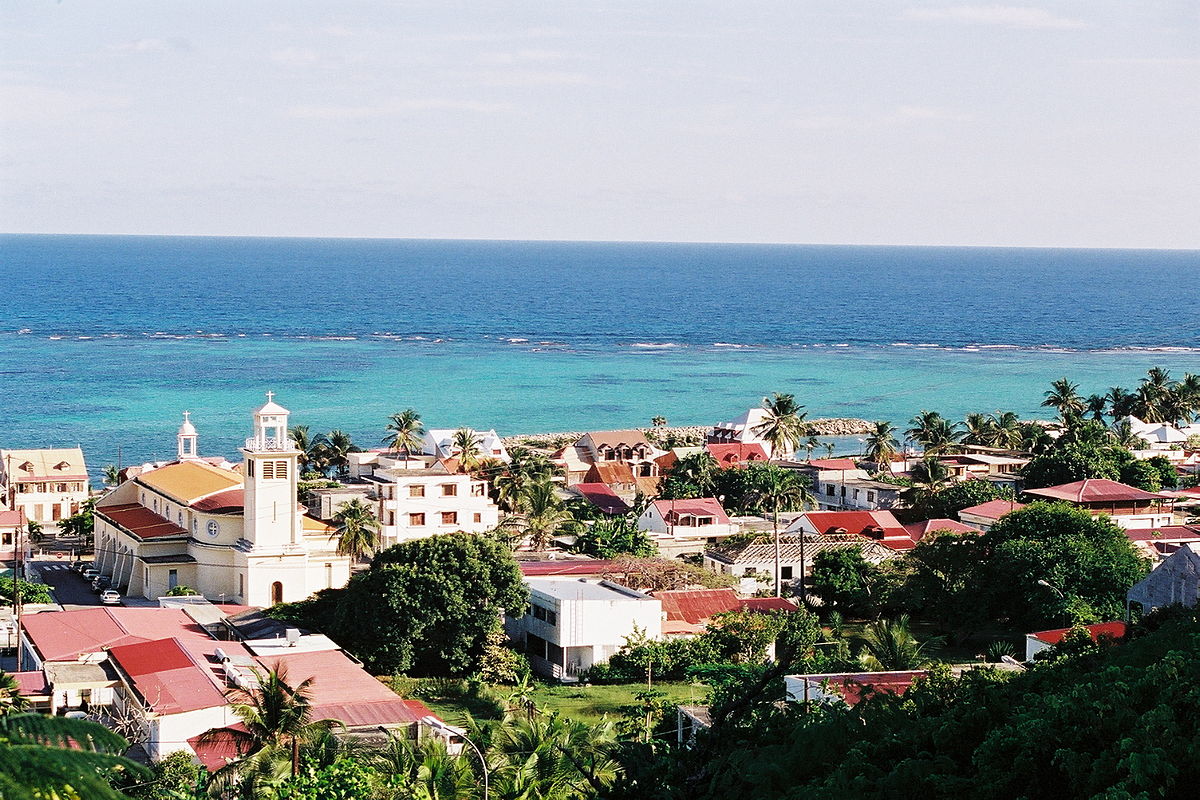
The untouched island of Marie Galante is where Luca believes he will do his best works. (Image Source: WIkipedia)
I’ve done my part to solicit information on what it is that makes Marie Galante so special (to my sources whom I express immense gratitude towards). Some have pointed at reasons specific to Luca, be it personal sentimentality or commercial arrangements he is involved with, which I’ll skip given that I cannot speak on the man’s behalf. Other reasons have been that Guadeloupe in general has been less mainstream than the likes of Martinique, with less industrialisation and outside influence; Marie Galante being even more preserved in its natural state in that sense. Luca himself has written as much, calling it “double insularity”, which has allowed it to retain its “cultural, agricultural and culinary specificities”. He’s even written a whole article on the cuisine of the island (you can find it here). Man must really love his bébélé (a stew made with tripe and plaintain). That aside, he’s pointed out how the lessened use of fertilisers and herbicides, as well as the calcareous soil, makes for a more unique rum.
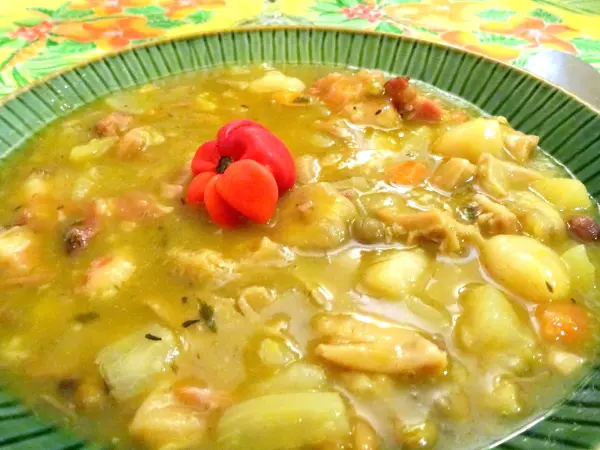
Bébélé - a stew of tripe and plantains, a local staple in Marie Galante. (Image Source: France-Voyage)
Within the rum-verse, it is also somewhat collectively acknowledged that the distilleries on the island make some of the best rhum agricoles – I’m looking at you Pere Labat and Bielle. A key source informed me that this is at least in part because of limited raw ingredients which has convinced the distilleries that if their ability to produce in mass is constrained, they might as well make the best damn rhum agricoles out of what little they have to work with. Now if only we could all summon such productive motivation.
The point is Marie Galante, being the tiny island that it is out of a string of islands, seems to carry with it an outsized significance with a man who has a pretty unignorable hand in what goes on in the rum-verse. How peculiar!

Bottles selected for Velier's 70th Anniversary, the Warren Khong labels seem to have grabbed most of the attention. (Image Source: Rum Auctioneer)
Today, we’re going to review a rhum agricole from Pere Labat, which is made at the Poisson Distillery, which is located on – you guessed it! Marie Galante! This one was specifically selected in celebration of Velier’s 70th anniversary (the company, not Luca’s involvement with it). Part of that series, which probably takes up more of the limelight, are the editions featuring Singaporean artist Warren Khong’s works on the labels, but a few of the bottlings seem to have been left absent of the Singaporean artist’s works, one of which is this 2010 Pere Labat, bottled at 57.5% ABV, coming from a column still (Poisson Distillery has one of the oldest remaining Creole column stills) and having been aged 7 years. As you can see, the label sports a map of Marie Galante, because we can’t get enough of it.
I won’t go too much into Pere Labat’s ethos and production methods, aside from mentioning that most of its already small outturn ends up in the US and in France. So if you’re not in those countries, “tough” is an understatement with regards to its accessibility. You can read more about Pere Labat from Lance’s work (found here) or John’s work with Malt Review (found here). I shan’t reinvent the wheel.

Poisson Pere Labat 2010 Velier Rhum Vieux / 70th Anniversary, 57.5% ABV - Review
Color: Tawny, Orange-Brown, reminds me of Sherry.

Starts off fresh, fruity and tart - cherries, raspberries, blackberries, hawthorn, and something reminiscent of gou lou yoke or sweet and sour fried pork.
On the nose: Really jumps out the vibrant fruitiness! Lots of stone fruits – cherries, raspberries, blackberries, even a note of hawthorn. It’s tart but fruity nonetheless, leaning more on the sweeter side of things. There’s a slightly sweet and sour note that is reminiscent of a Asian dish called gu lou yuk or gou lou yoke, which is sweet and sour fried pork.
 It gets a little creamier with custard pudding notes and rum 'n' raisin ice cream. A late showing - the grassy more herbal notes appear a little later with pandan, sea coconut and aiyu jelly.
It gets a little creamier with custard pudding notes and rum 'n' raisin ice cream. A late showing - the grassy more herbal notes appear a little later with pandan, sea coconut and aiyu jelly.
Then it gets alittle creamier, custard pudding or even a crème brulee. As it develops, more richness comes forth of rum ‘n’ raisin ice cream as well. Interwoven are more delicate notes of pandan, sea coconut and aiyu jelly dessert, which is where the more grassy and herbal agricole side shows. Lots of freshness, lighter, more fragrant and sweeter notes, all made ridiculously accessible.

Poached pears, mulled wine, deeper notes of tobacco leaf and old leather on the palate.
On the palate: Just a tad lighter bodied than your usual, but then again, it is a rhum agricole. Warm cinnamon spice to start, with a richer cooked fruit or cognac-styled fruitiness. Not too far off from spiced poached apples and a little similar to mulled wine. There are more mature notes of tobacco and old leather here as well. Here the vibrant bright fruity notes are replaced with a much deeper and richer profile that is just as enjoyable. It does almost seem to come off as a molasses-based rum given the richness and the absence of the classic grassy herbal agricole notes. It isn’t complex but it is very enjoyable.

A last minute surprise, the fruits are back! And then good amounts of brown sugar, custard cream and the agricole-driven aiyu jelly notes.
The finish: Surprise, surprise! The brighter stone fruits make a reappearance, albeit a slight bit cooked, more of a fruit jam! Brown sugar, vanilla, custard cream, and the same grassy, herbal sea coconut and aiyu jelly note is back as well. Medium length but leaves a good amount of warmth.

My Take
Thoroughly enjoyed this, although I should say I haven’t had that many rhum agricoles take on such a profile. It was a lot richer, and darker than what you’d consider the classic agricole character, and its grassy, herbal side is also a lot more fragrant and sweeter than the usual. I have heard that some of the older better rhum agricoles would sport something similar, which I eagerly anticipate the day I find something of the sort.
My Rating |
🌟Uncomplicated but superb! Great lively fruitiness, deeper than usual agricole notes, and a body and depth that you would not guess was an agricole. Agricole on a high. |
It wasn’t complex by any stretch, but that’s not a pre-condition to how enjoyable and accessible it was, which it brought in spades. I’d consider this rhum agricole on a high and its set off a burning desire in me to go in search of more like it (in bars, that is, unlike Luca I am not nearly as industrious). Simple things done right, that’s the name of the game sometimes.
Kanpai!

@111hotpot




